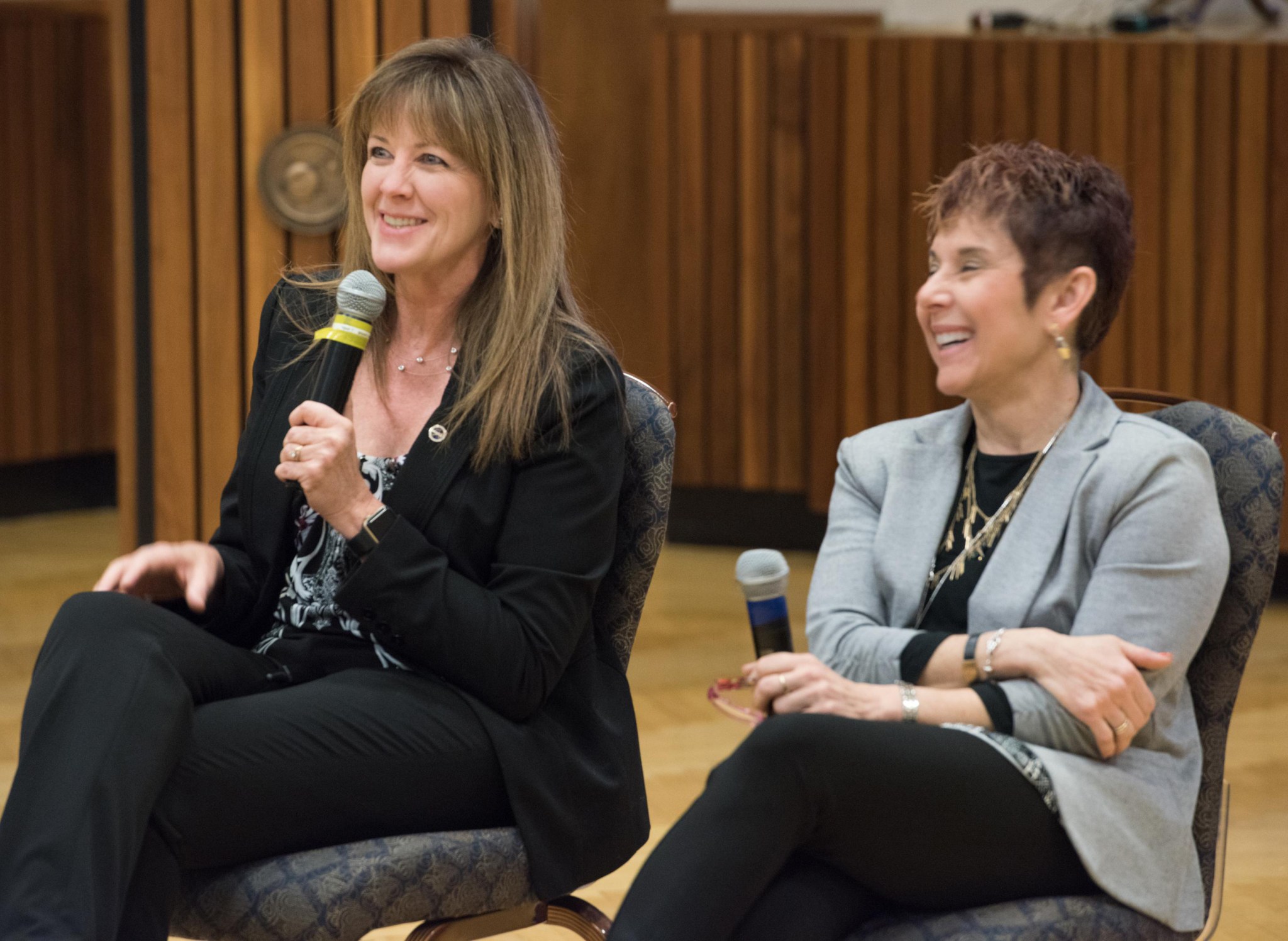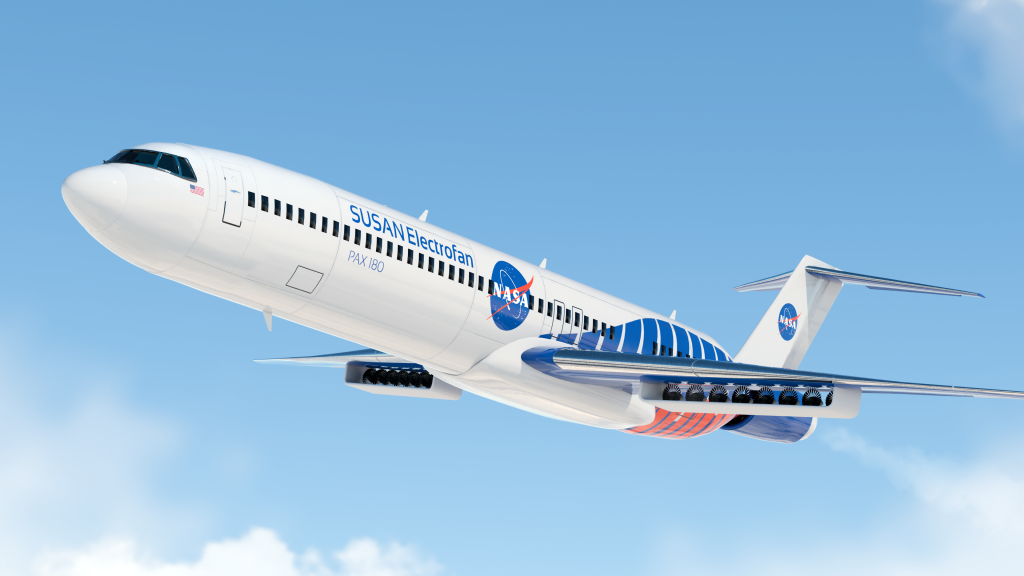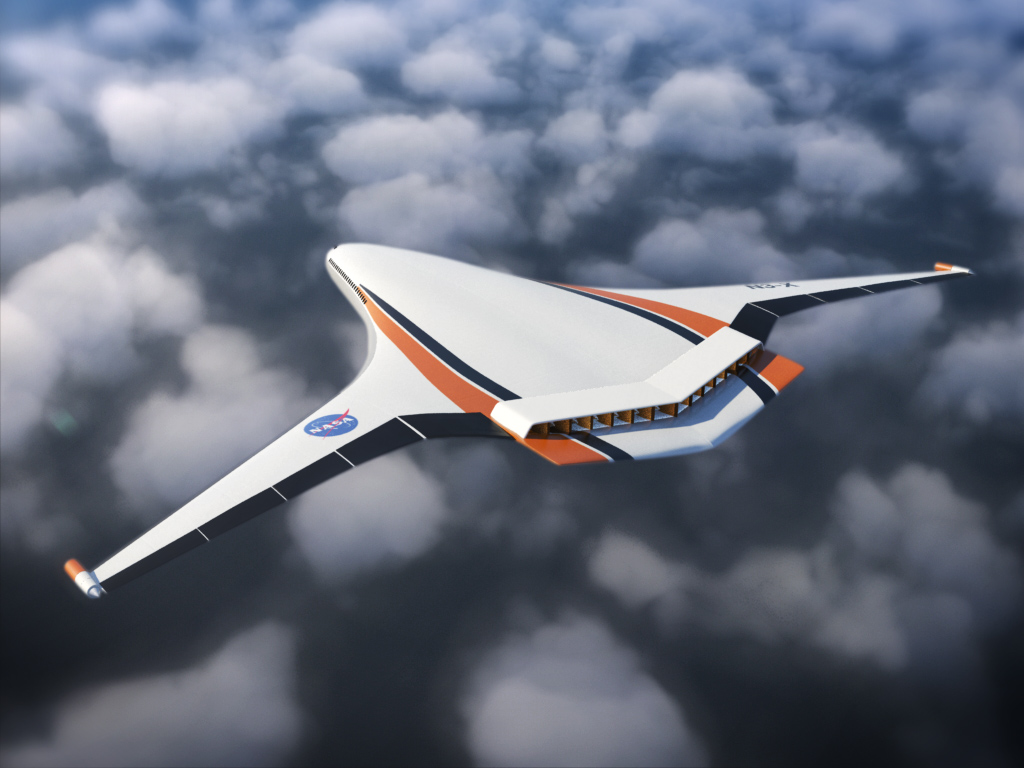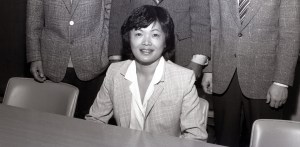Women have been essential to the success of the NASA’s Glenn Research Center since its inception as the National Advisory Committee for Aeronautics (NACA) in 1941. They have been part of a broad team of individuals with wide ranging skills and responsibilities to accomplish critical research in aeronautics and space.
Women at Glenn During World War II
An influx of female employees helped the center carry out its activities during World War II. Many were trained as technicians or human computers, while others worked in the administrative areas. Although a number departed after the war, others adapted to the center’s evolving mission and had long careers.
Impacts in Science and Technology
The 1950s and 1960s saw an increase in the number of women pursuing science and technology careers at the center, particularly chemists and physicists, who made important impacts in fields such as high-energy fuels, nuclear propulsion, and power systems.
Adding Vital Support to Operations
Women have been vital to the center’s operations and administration areas as well, providing computer coding, technical report production, communications, financial services, and other support functions that are critical to Glenn’s overall operation.
As the number of women in the workforce grew in the 1960s, groups like the NASA Lewis Business and Professional Women’s Club (BPW) were formed to advocate for and recognize female employees.

Becoming Leaders
In the 1970s and 1980s more women began taking on management roles, initially as supervisors and branch chiefs, then as the heads of entire divisions.

In the early 1990s women began serving at the highest levels in center management and currently hold many senior management positions today. Glenn’s first woman center director was Janet Kavandi. Marla Pérez-Davis holds the same position today.

For more about the impact women are making today at NASA, visit our Women at NASA web page.
Robert S. Arrighi
NASA’s Glenn Research Center


































